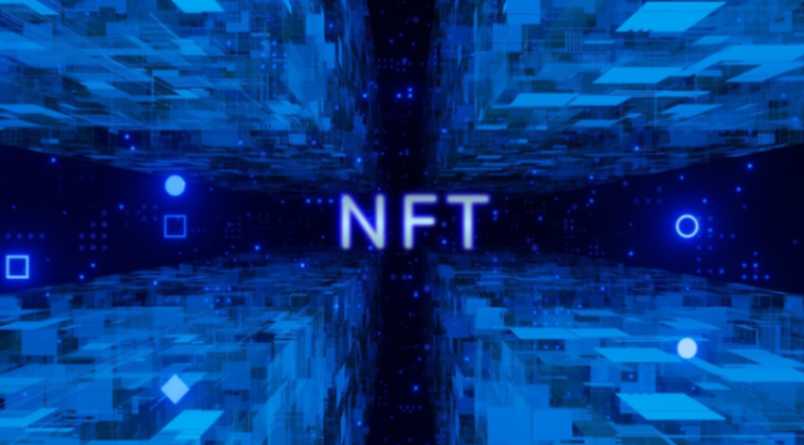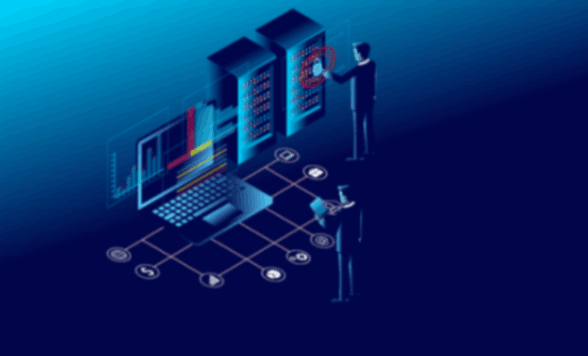In the vast expanse of the digital world, new terms and behaviors continuously emerge, reflecting the evolving nature of online interactions. One such term that has recently entered the lexicon is “Lrtsjerk.” While its origins and exact definition are still debated, it broadly encompasses a range of behaviors and trends that are becoming increasingly prevalent in the digital landscape.
What is Lrtsjerk?
Lrtsjerk is a multifaceted term that combines elements of social media behavior, digital etiquette, and online communication styles. It encapsulates the nuanced ways people interact online, often blending elements of trolling, sarcasm, and genuine engagement. The term can be both pejorative and descriptive, depending on the context in which it is used.
Core Aspects of Lrtsjerk
- Sarcasm and Wit: At its core, Lrtsjerk often involves the use of sarcasm and wit. Individuals who engage in Lrtsjerk behavior may use sharp, humorous comments to make a point or provoke a reaction. This can be a form of playful banter or a method of critiquing or mocking others.
- Trolling Elements: Lrtsjerk can sometimes intersect with trolling, where the primary goal is to elicit a strong emotional response from others. However, unlike pure trolling, which is often malicious, Lrtsjerk may carry an element of cleverness or insight, blurring the line between constructive criticism and provocation.
- Engagement and Provocation: A significant aspect of Lrtsjerk is the desire to engage and provoke. This behavior is often seen in online forums, social media platforms, and comment sections, where individuals use Lrtsjerk tactics to stimulate conversation or highlight absurdities.
- Digital Etiquette: Understanding and navigating Lrtsjerk requires a grasp of modern digital etiquette. It involves knowing when to take comments at face value, when to recognize underlying sarcasm, and how to respond appropriately without escalating tensions.
The Impact of Lrtsjerk on Online Communities
- Community Dynamics: Lrtsjerk can influence the dynamics of online communities. In some cases, it can lead to vibrant and engaging discussions, fostering a sense of camaraderie among participants. However, it can also create divisiveness and conflict if not managed properly.
- Content Creation: For content creators, understanding Lrtsjerk is essential. It can be a tool for engaging with audiences in a more relatable and entertaining way. However, creators must balance this with the risk of alienating or offending segments of their audience.
- Digital Relationships: Lrtsjerk behavior can shape digital relationships. Those who master the art of Lrtsjerk may find themselves with a loyal following that appreciates their wit and insight. Conversely, it can also lead to misunderstandings and strained relationships if the humor is misinterpreted.
The Future of Lrtsjerk
As digital communication continues to evolve, so too will the behaviors encapsulated by Lrtsjerk. Future trends may see the term being refined and expanded, potentially leading to new subcategories and more precise definitions. Additionally, as artificial intelligence and machine learning technologies advance, there may be new tools developed to detect and interpret Lrtsjerk behavior, helping to moderate and guide online interactions more effectively.
Conclusion
Lrtsjerk represents a complex and multifaceted aspect of modern digital behavior. By understanding its core elements and the impact it has on online communities, individuals and organizations can better navigate the digital landscape. Whether viewed as a playful form of engagement or a potential source of conflict, Lrtsjerk is undeniably a part of the ongoing evolution of online communication.



Your article helped me a lot, is there any more related content? Thanks! https://accounts.binance.com/ka-GE/register?ref=RQUR4BEO
I don’t think the title of your article matches the content lol. Just kidding, mainly because I had some doubts after reading the article.